This Wednesday, Brad Smith of Wordable fame is on hand to discuss how to extract yourself from running your agency. He’ll share his story of building and essentially exiting two agencies, and how he’s now building Wordable into a new SaaS platform.
About Brad Smith
In short, Brad helps marketers save 90%+ on publishing with Wordable. He’s also the founder of Codeless and founding partner at uSERP; content production and distribution agencies that work with fast-growing brands like monday.com, Freshworks, ActiveCampaign, Chargify, Hootsuite, BetterUp PandaDoc, Hotjar, Reply, and loads more. He’s also been featured in Forbes, The New York Times, and The Next Web, among other respected media publications.
When Brad isn’t helping marketers with Wordable, he’s hanging out with his wife and three kids at the beach in Hawaii, watching football (that being soccer). Subsequently, he can be found running/lifting just enough weight to offset the booze, meat, and ice cream consumed during said outings.
Points of Interest…
- How Wordable helps clients to free up time 2:26
- Codeless and its scaling timeline 4:46
- Three Steps to extract yourself from your agency 8:15
- Merits of extracting from your agency instead of selling 11:34
- Business Area Brad Found Trickiest to Extract From 15:34
How Wordable Helps Clients to Free Up Time
Currently, Brad and his team are trying to automate the publishing process within Wordable. This will be of interest to you if you find your process bottlenecking/outlaying a lot of money on exporting, formatting, and optimizing content before it goes live. Prior to automating this they used to input content manually for their clients – until there was a team exclusively moving content such was the volume of business.
As you’re probably aware, it’s super important to input this information correctly, otherwise, it affects their clients’ results, rankings, and traffic. Hence the move to automation by Brad! The aim is to make marketers’ lives a little less sucky and give them back their free time!
***Brad provides some background regarding his entrance into this space from 3:19 minutes
Codelist and its Scaling Timeline
So, Brad freelanced on his own for a little bit, going from zero to $10 to $15K a month on his own. That got old after a while; if he take a vacation, he didn’t get paid – all the classic freelance traps! Then what happened?
“Two/three years later, from an agency standpoint, we built up to $30K a month, recurring revenue. However, then it was like going from $30K a month back down to like zero to five.”
Why is that? Well, in order for Brad to avoid having to revert back to doing everything himself, he needed to pay people. The funny thing is, however, is that when you’re headed in the right direction, it doesn’t take nearly as much time to get back on track. For example, it took Brad in the region of 6 months to get back to $30K.
“You’re stressed about making this hard decision because you’re gonna see money go to zero, but if you’re actually doing the right things, the money comes back pretty quickly.”
So quickly, in fact, that the company is now doing a few million a year in revenue. Not only that, it additionally spun out another business that’s doing another few million in revenue. And this is before the emergence of Wordable. How did Brad find this sweet spot in such a short period of time?
“I think the stars aligned in the sense of I actually started listening to what the market wanted, actually built a business the right way, as opposed to just kind of like trying to do everything and being creative all the time.”
Ah, niching. You’ve gotta love it. When you finally REALLY listen to the market, set yourself up, make an offer, plus a system that’s scalable, it’s amazing what you can accomplish. In Brad’s case, it was two companies, each bringing in several million a year – despite him only spending in the region of “five-to-10 hours a week working on them.” This frees up his time to such an extent that he can focus on things that are two-to-three years ahead, as opposed to getting bogged down in the weekly/monthly stuff.
Three Steps to Extract Yourself from your Agency
Now, let’s talk about what needed to be true for Brad to be able to step out of day-to-day and spend less than a quarter of his week managing these two businesses. What were some of the core pillars he needed to install before he could extract himself while continuing to see the business run and grow in his absence?
- 1. Specializing the type of service you do for a specific vertical, makes things more or less scalable… If you specialize, not just in terms of who you’re working with, but also service delivery.
- 2. You need to adopt an assembly line mindset. Service people tend to think they can’t make said service scalable because it’s so unique, it can’t POSSIBLY be put into a systemized processed operation. This is not the case.
- 3. Hiring and training the optimum people…
“Then those people move into leadership positions and manage other people. So now we have really good people that are able to run everything. They make decisions based on how I would make decisions without us even having to talk at this point as they already know the processes and the principles that we’re operating under.”
As we’ve said many times before, you can’t just onboard some magic salesperson to take flight the moment they land in your business without giving them principles/processes and guidelines first. It’s never going to work out well. First, you need to process it out and understand how the roles are going to fit together. Only then can you fitfully install a good person to run it.
The same can be applied to operations, data, and project management time tracking systems – you can’t just hire some senior project manager and expect them to be able to come in and figure out how to run this stuff, while trying to manage a full client roster!
***I do what I do best – that being nerding out some more about processes – from 12:33 minutes onwards***
Side note: our Agency Profit Toolkit is a one stop shop for you to be able to outline some of these crucial profitability numbers to a potential buyer. Spreadsheets, templates and training videos, you name it, it’s all in the toolkit. Grab yours free at the link below:
Merits of Extracting from your Agency Instead of Selling
You don’t need to be a $50M a year agency in order to remove yourself from the day-to-day, especially when you have all your ducks in a row when it comes to continuously nailing your processes. In fact, you only need to do a few million dollars a year. How? Well, for starters, you don’t need a $400,000 a year CEO or VP of ops in order for that person to manage this incredibly complex system that you’ve got underneath them. You’ve got processes.
Secondly, you don’t necessarily have to sell the company either. While being acquired can seem like a Golden Egg-type end-goal, there will be pesky caveats.
“Essentially, if you sell, you are basically getting acqui-hired. Personally, if you’re higher up in the company, to continue doing the same thing for another company as an employee, there is less of an upside. Plus, you’ll have to sign an non-compete so you’re not allowed to work with any of the clients – or any of the people – that you just brought in. What’s the point in selling?”
In short, unless you have some grand plan to go bask on a beach for the rest of your days, you might as well keep your company. It provides the people, processes, stability, and the cashflow to go pursue, essentially whatever you want to do at that point. You don’t ever have to sell.
***Brad expands on this further from 14:52 minutes***
Business Area Brad Found Trickiest to Extract From
At this point, I’m keen to learn what facet of the day-to-day did Brad find the hardest to extricate himself from. It was, of course, sales.
“Sales was the hardest for me. Over time, I excelled at consultative selling because I learned the sales skills. More importantly, I knew a potential prospect’s space often better than they did. I could have a very detailed technical conversation with somebody and still sell ’em at the same time. That’s a very difficult skill to replace with one person.”
The same can be said for different roles within the business; it is really difficult finding just one person to do everything you do. What you’re doing typically is role specialization and you’re breaking down the three or five things you do well – then replacing yourself with three to five people. How do you manage that?! Well, you need to apply what Brad describes as “a combination approach.
“We team a sales person and/or a business development person and pair them with a technical expert who perhaps lacks the sales skills. This hybrid approach has worked really well. Now we can sell enterprise companies without me getting involved at all. Most service companies aren’t like that.”
Indeed, quite the opposite in Brad’s experience; service companies usually like doing the dog and pony show, rolling out the red carpet for the owner. Really, it should be your objective to make yourself entirely irrelevant. Especially if you’re a tweaker who wants to change things up constantly – that doesn’t work when you’re trying to run a consistent scalable business.
***Myself and Brad do a deep dive on client expectation in relation to sales and your direct involvement from 17:57 minutes***
Key Takeaway…
Most people in life want to know what their role is. They want consistency and guardrails. Most people aren’t good at winging it. Founders are different in so far as we are comfortable with not knowing things. Therefore, bringing in a “unicorn” without your processes in place is futile. Asking or expecting them to function in the “not knowing” gray space isn’t going to work.
This circles us back to judgment and experience. If you operate in obscurity, the people you hire to fulfill your day-to-day duties will naturally lead to a high turnover of staff and/or the recruitment of someone very pricy to handle that level of limbo. They’re also not gonna wanna join your company cuz you’re too small and nobody knows who you are…
You’ve got to be realistic and you gotta understand not just where you’re at but where you’re trying to go. Typically, that usually means hiring people who show potential but aren’t quite there yet. And giving them your amazing processes. Then you can eventually extricate yourself to such an extent you can follow additional fruitful pursuits! Like living that remote laptop lifestyle in Hawaii – just like Brad!
See more from Brad…
- Wordable.io
- Codeless.io
- uSERP.io
- LinkedIn linkedin.com/in/bsmarketer/
Did you learn anything new from this episode? Let us know in the comments below! We have helpful blogs designed to bolster your agency profitability, such as How To Calculate Your Billable Employee Cost-Per-Hour.
Our next installment of #APP, on August 10th, will see Marcel chat with Bryan Adams. Our previous blog – Episode 91 with Mandi Ellefson – can be viewed here…
Avid #APP Listener?!
We would be eternally grateful if you could leave us a review…
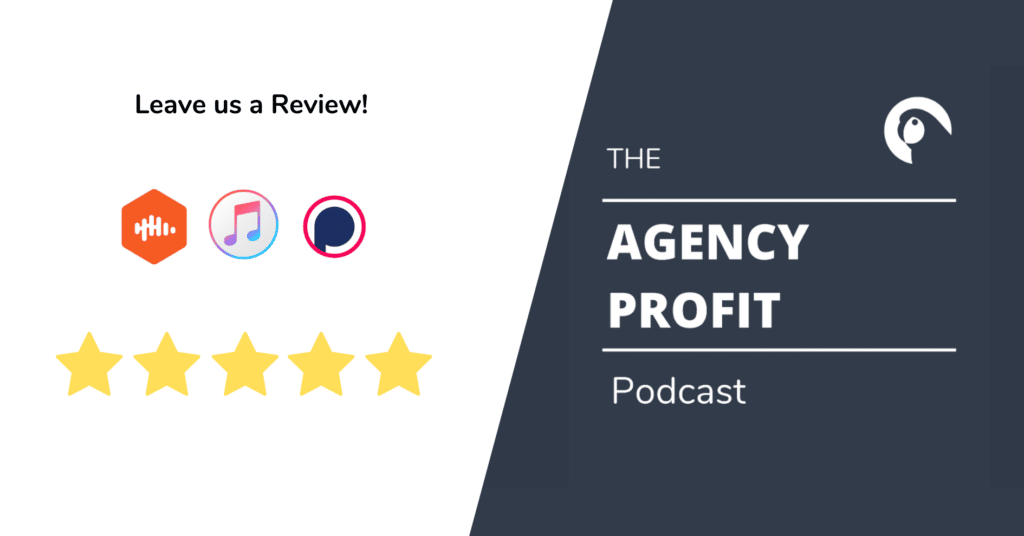
Agency Profitability Tool Kit
If you’re looking for more resources to help you improve your agency’s profitability, check out the Agency Profitability Tool Kit. It’s full of templates and checklists used when consulting clients. This helps them improve profitability by over 100% in under 60 days.

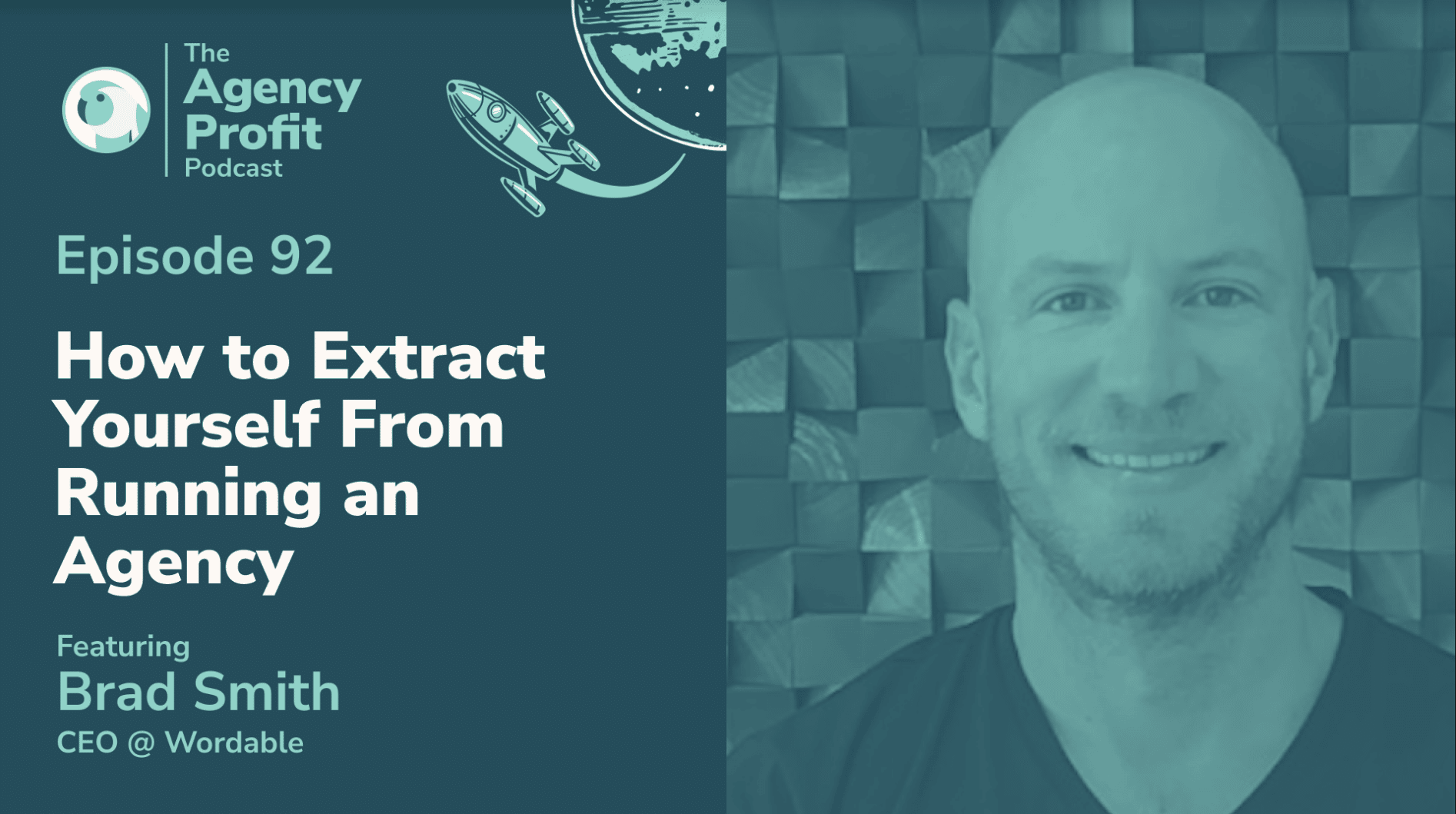


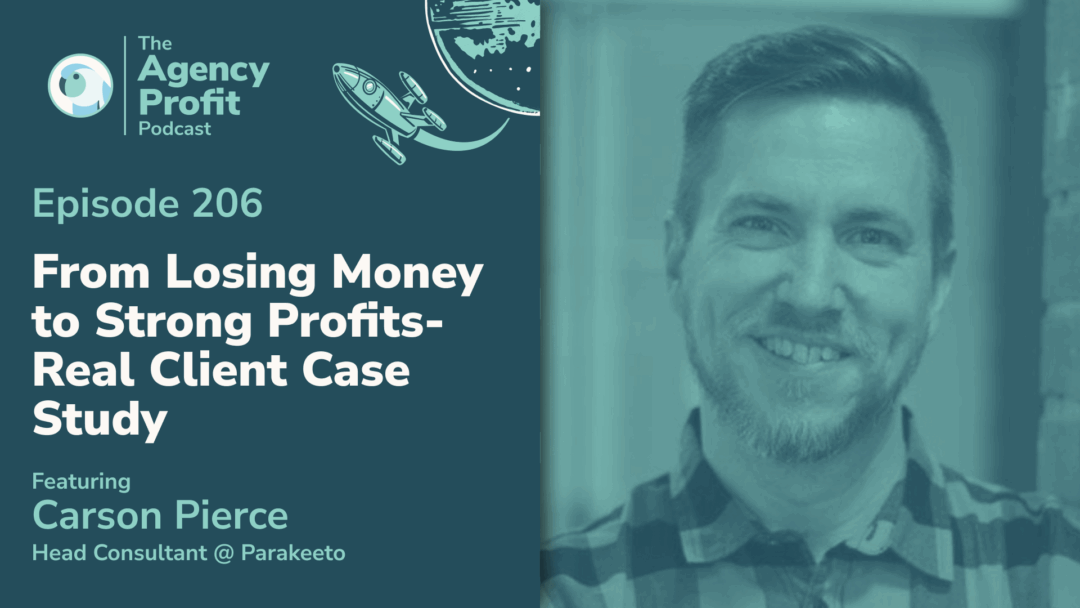
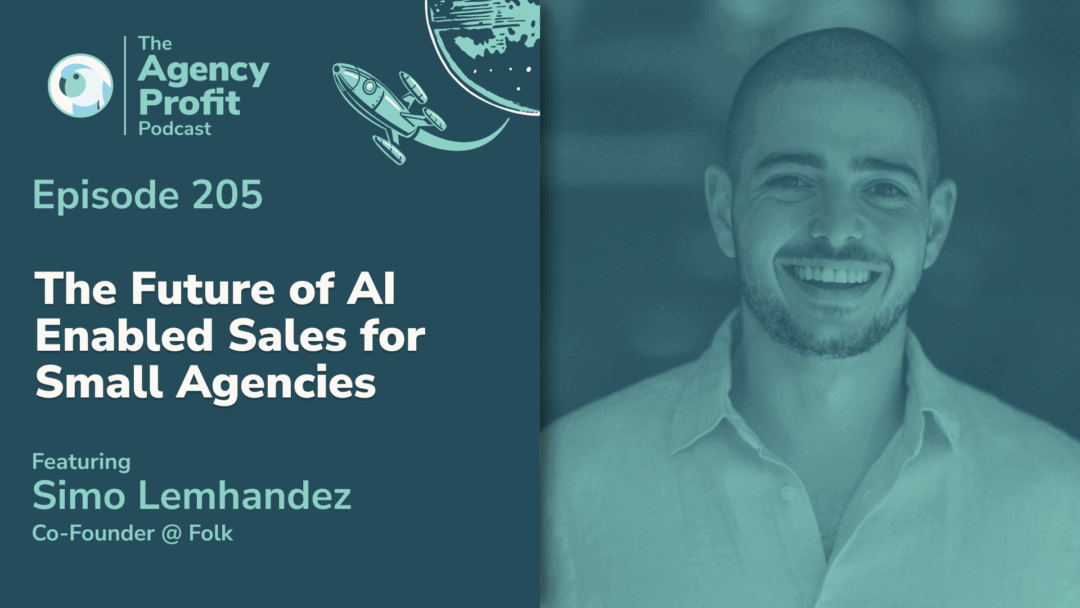
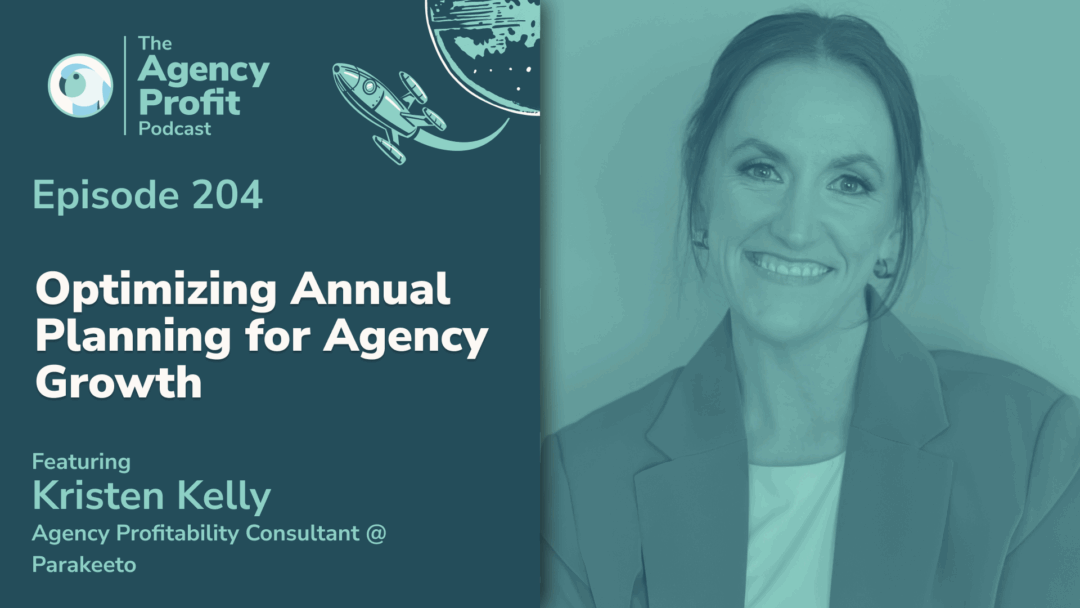

0 Comments